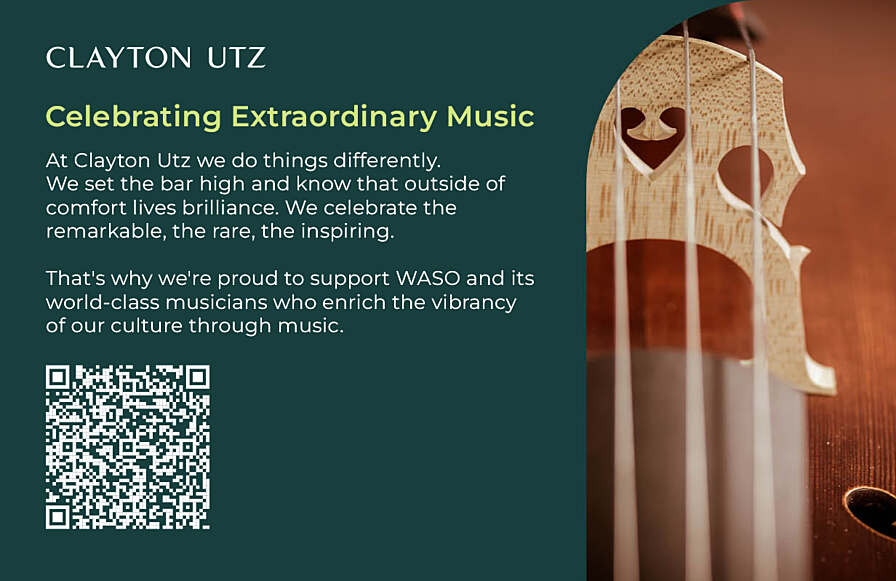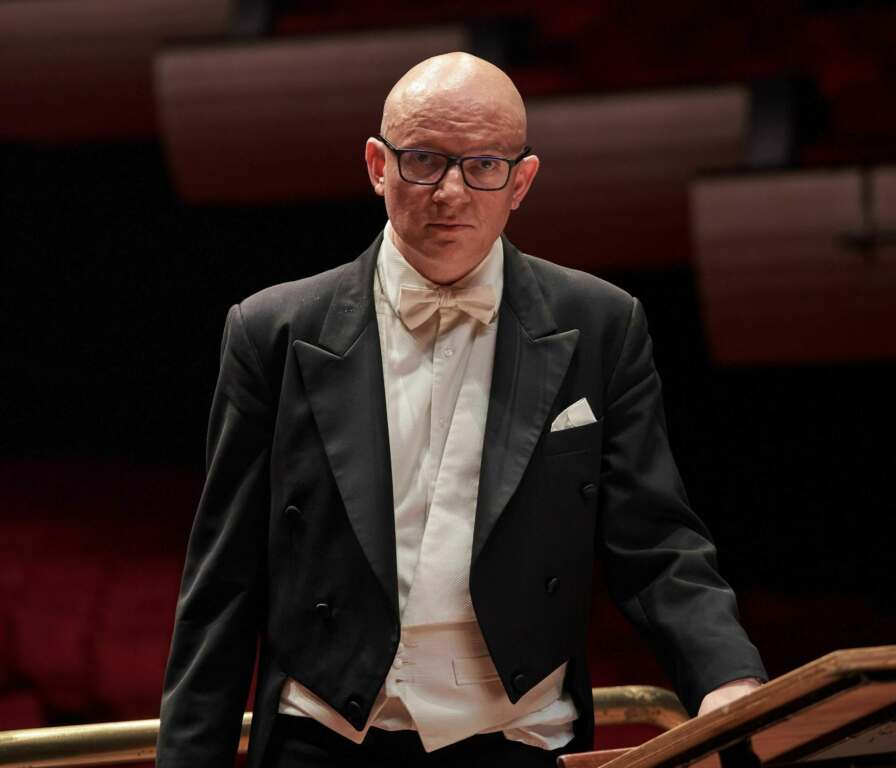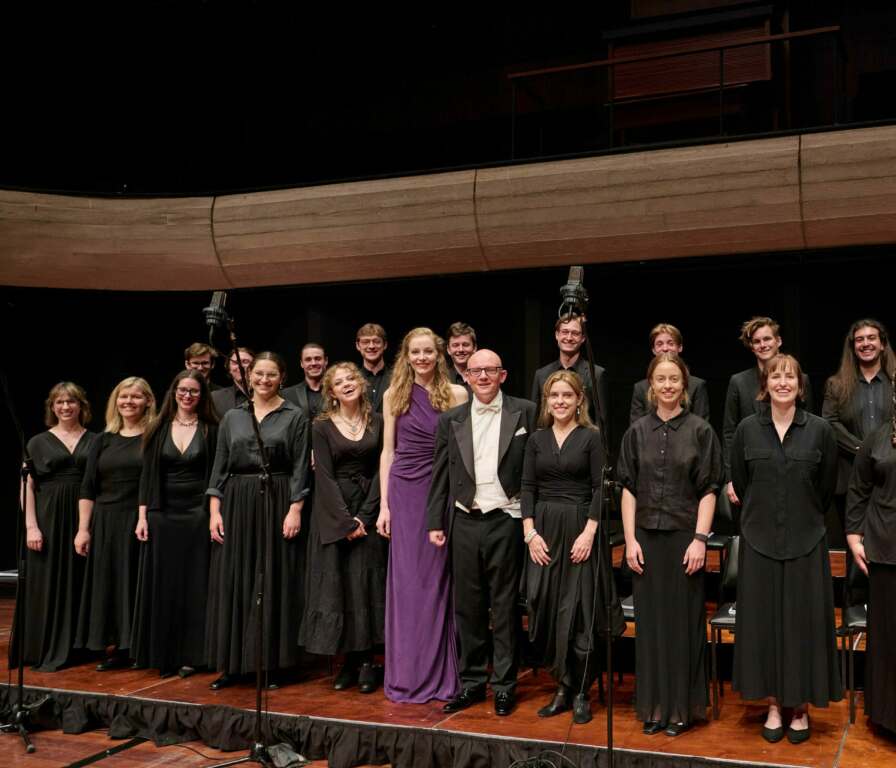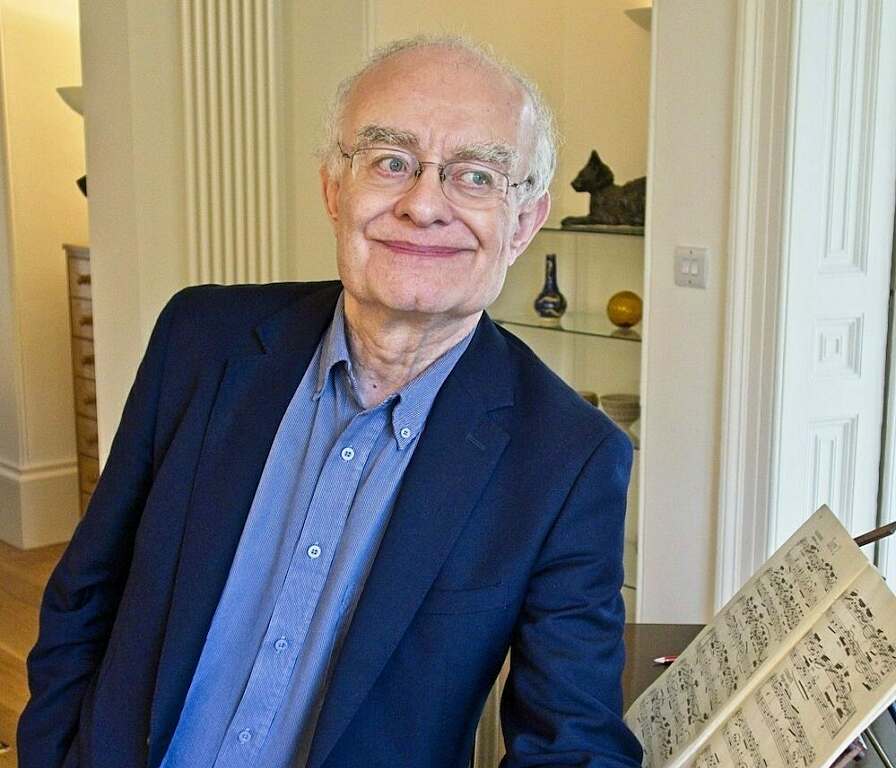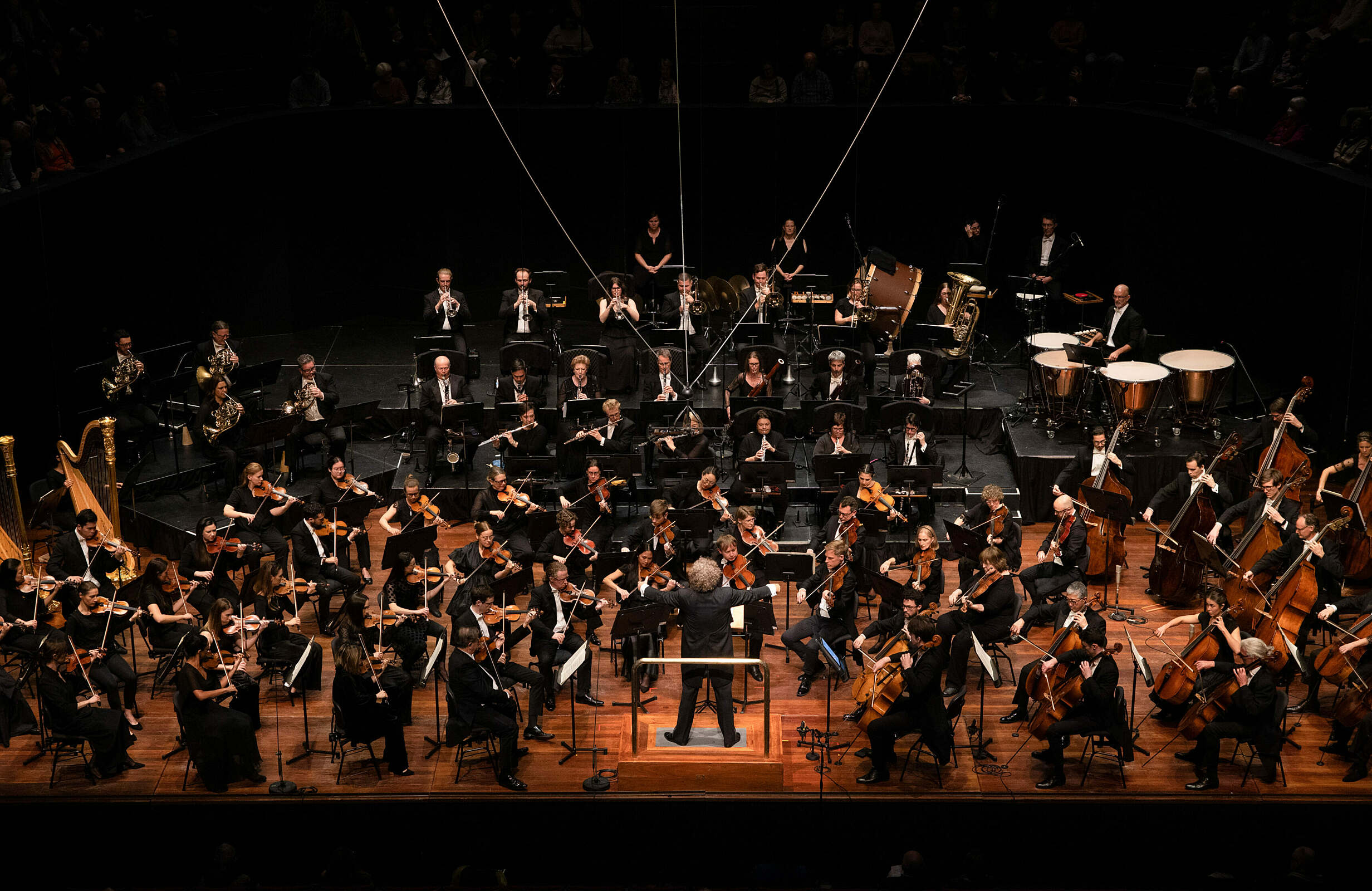Mary Finsterer
(b.1962)
Stabat Mater
Movement I
Movement II
Movement III
The Stabat Mater, a timeless prayer with origins in medieval Christianity, stands as a testament to the Blessed Virgin Mary’s unwavering devotion at the foot of the Cross. This prayer, invoking the image of the grieving mother beside her crucified Son, has transcended time, stirring souls with its pathos and spiritual depth. Evoking empathy for Mary’s sorrow and the shared human experience of suffering, the Stabat Mater has become a universal hymn of solace and compassion.
The legacy of the Stabat Mater extends beyond prayer into the realm of music, where it has ignited the creative fervour of countless composers through the ages. From medieval plainchant to intricate choral compositions and operatic settings, the Stabat Mater has inspired a myriad of musical interpretations. Each work, bearing the emotional resonance of the prayer, becomes a rich tapestry woven with melodies and harmonies that mirror the intertwining of suffering and hope.
In the hands of composers including Palestrina, Pergolesi, Rossini, Dvořák, Poulenc and beyond, the Stabat Mater has undergone a metamorphosis, adapting to the musical languages of their respective eras. These compositions, contrasting in style yet unified in their reverence, elevate the prayer’s themes of maternal love, sacrifice and divine grace.
Through the medium of music, the Stabat Mater continues to resonate, enveloping audiences in its sacred embrace and inviting them to contemplate the profound mystery of Mary’s devotion, the profound sorrow of the Cross and the eternal promise of redemption.
In my own interpretation, the composition takes on a tripartite structure. The first movement unfurls the narrative encompassing the initial eight verses of the Stabat Mater, leading us through the trials of the Blessed Virgin Mary at the foot of the Cross. Interspersed between the sections are introductory phrases of the ninth verse, emerging like delicate fragments to serve as a contemplative bridge between the first and second movements.
In musical parlance, this opening movement features a recurrent motif, a guiding thread that carries each of the verses, weaving an intricate pathway that escorts the listener through a transformative layering of musical textures while upholding thematic unity. Akin to the beads of the Rosary as they pass through prayerful hands, this movement unveils the motif’s dynamic metamorphoses, each iteration imbued with profound intent.
The second movement centres upon the ninth and tenth verses, constituting a notable departure from its preceding counterpart by forming a direct entreaty to Our Lady: “O Mother, fountain of love, make me feel the power of sorrow, that I may grieve with you. Grant that my heart may burn in the love of Christ my Lord, that I may greatly please Him”.
Comprising two distinct sections, this movement commences with a trio of verses inspired by early baroque madrigal art and intoned by a solo soprano, while harmonised by both choral voices and instrumental accompaniment. The ensuing section showcases a contrapuntal texture of choral composition, evoking the essence of Renaissance-style motet crafting.
The third movement resonates in stark contrast to its predecessor, embarking upon an evocative journey with a solo soprano’s sombre overture that sets a tone of darkness. This opening act is subsequently joined by a chorus emitting poignant sighs, a vivid articulation of grief and affliction. From the outset and as the movement progresses, verses eleven to nineteen evoke the Holy Mother in both her own anguish and that borne by her Son. Ultimately, the movement reaches its zenith through a reprise of the earlier thematic strains from the first movement where the final verse “When my body dies, grant that to my soul is given the glory of paradise” is enunciated, followed by the revival of the canon that once graced the overture to the Stabat Mater, Ad Honorem Beatæ Mariæ Virginis.
Acknowledgements
Composed by Mary Finsterer with prerecorded narration by Mel Gibson. Prerecorded narration was recorded, mixed and mastered by Buck Sanders at Pianella Studios, Malibu, USA. Special thanks to Marco Beltrami, Mitchell Moldenhauer, Monica Finsterer and Wil Anton Golja. Sincere gratitude also to the following individuals for generously sharing their specialised knowledge: Father Brendan Arthur – Latin text and English translation. Anna Fraser – Latin chant. Commissioned by the Melbourne Symphony Orchestra with generous support from Kim Williams AM.
This performance of Ad Honorem Beatae Mariae Virginis – Stabat Mater by Mary Finsterer is given by permission of Hal Leonard Australia Pty. Ltd. exclusive agent for Schott Music Ltd.

